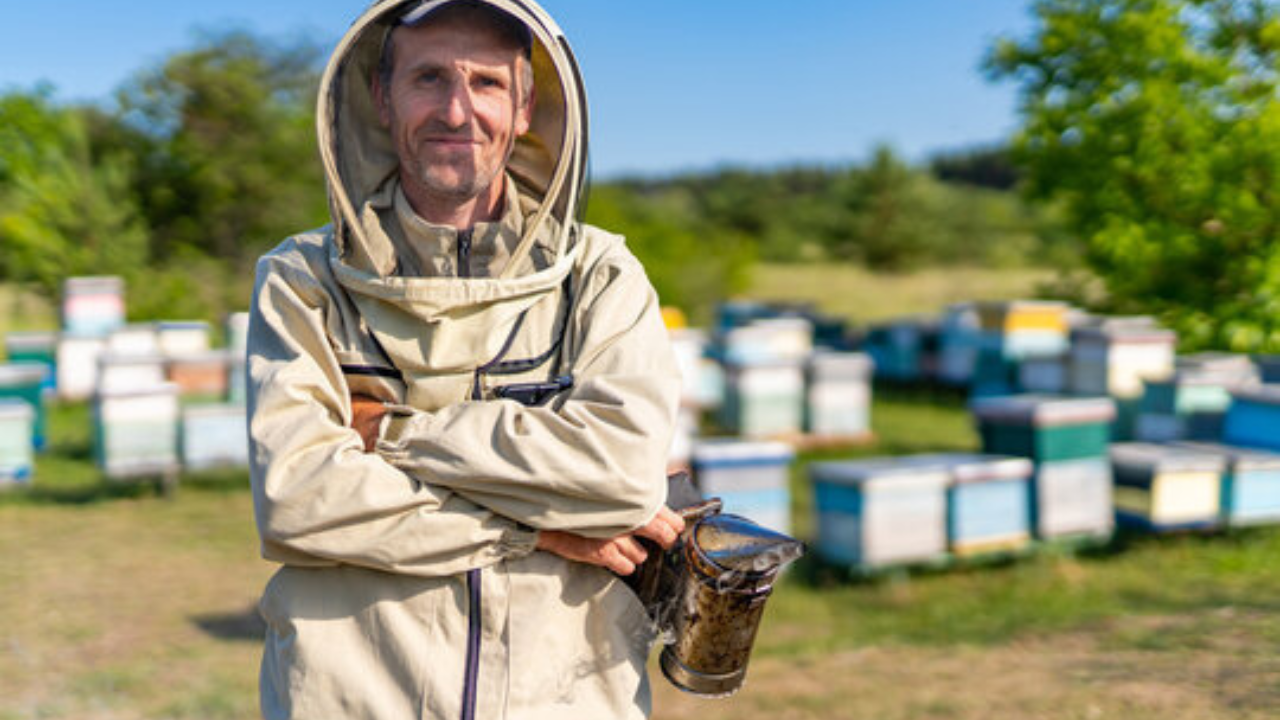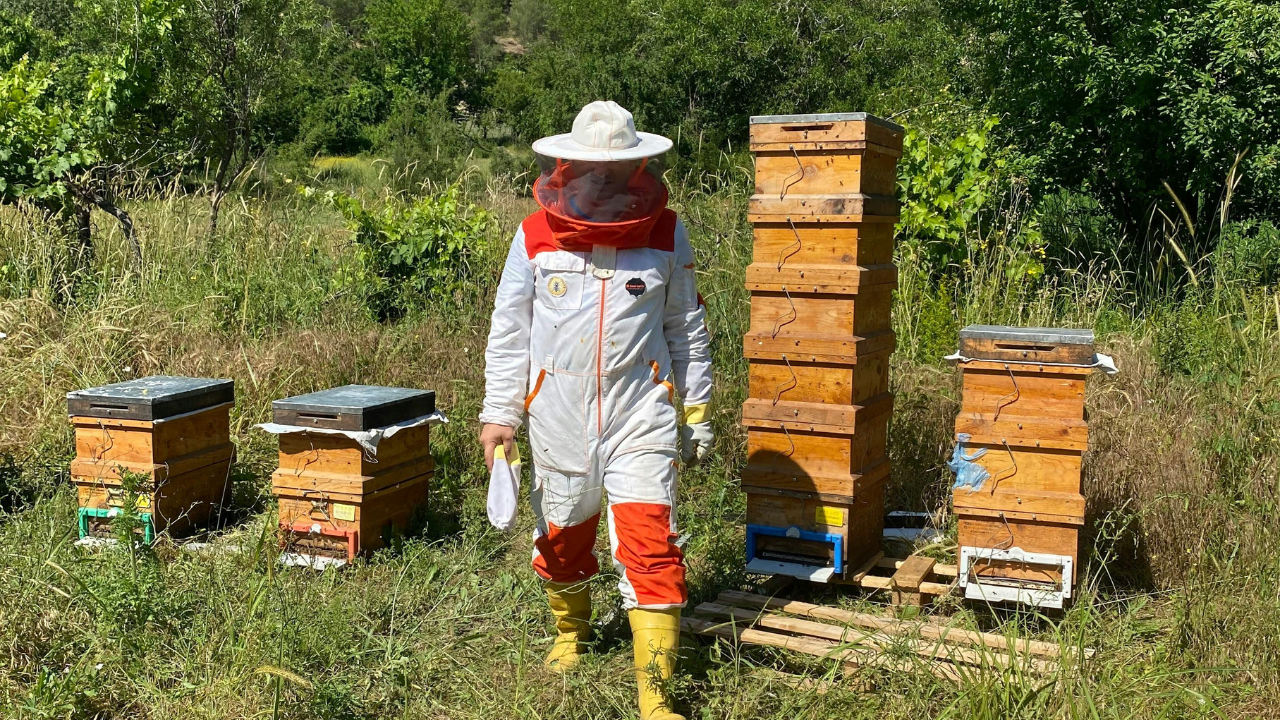Introduction
Frequently cleaning your beekeeping outfit is essential for making it functional and long-lasting. Applying the right washing technique will keep your suit tidy and in good condition for beekeeping activities.
Importance of Regularly Washing Your Beekeeping Suit

Washing your beekeeping suit is vital for removing any filth, debris, or other pollutants that might have gathered during your beekeeping duties. This promotes hygiene and keeps unpleasant odors and pests from remaining on your suit.
Things to Consider Before Washing Your Beekeeping Suit
Before beginning the procedure to wash it, evaluate the material of your suit, any additional directions given by the manufacturer, and the existence of spots or damages that may necessitate additional attention during washing.
Overview of the Washing Process
The cleaning process entails prepping your suit for washing, choosing the appropriate detergent and wash cycle, washing your suit, correctly drying it, and preserving it to avoid damage. Let’s look at each stage in detail.
Preparing Your Beekeeping Suit for Washing
Removing Protective Gear and Accessories: To guarantee an adequate wash, remove all safety gear and attachments from your suit before cleaning it.
Inspect for Spots and Damage: Examine your suit for any stains or damage that may require extra care throughout the washing process.
Challenging Stains: Before washing your suit, try pre-treating it with a light stain remover.
Washing Your Beekeeping Suit
Choosing the Right Detergent: Use a light cleanser that is kind on your suit’s material and devoid of harsh chemicals that could harm the fabric, bees, or the environment.
Picking the Appropriate Wash Cycle: Adhere to the directions provided by the manufacturer to choose the best wash cycle for the fabric of your beekeeping suit.
How to wash your suit in a front-loading washing machine: Front-loading machines are perfect for washing beekeeping suits because they provide a mild wash that protects the material’s quality.
Drying and Storing Your Beekeeping Suit
Air Drying vs. Machine Drying: Although air drying is preferred to avoid shrinkage and damage, machine drying on a low heat setting can be employed if necessary.
Inspecting for Remaining Detergent: Wash your suit completely to eliminate any remaining detergent that could hurt your skin or invite bees.
Storing Your Suit Properly: To minimize damage, preserve your beekeeping suit in a cool, dry spot away from sunlight and pests.
Maintaining Your Beekeeping Suit
Regular Inspections and Repairs: To prolong the life of your suit, examine it regularly for symptoms of deterioration and fix any problems as soon as they appear.
Cleaning Attachments and Protective Gear: Clean your accessories and safety equipment individually to keep them clean and effective.
Changing Your Suit When Required: If your beekeeping suit is beyond repair or exhibits significant indications of wear and tear, you should replace it to maintain your comfort and security.
Conclusion
Frequently cleaning your beekeeping outfit is an important part of beekeeping safety and cleanliness. By implementing the techniques given in this blog, you can keep your suit tidy and ready for all of your beekeeping adventures.
Final Tips for Keeping Your Suit Clean and Functional
Ensure you wash your suit after each beekeeping session, store it correctly when not in use, and examine it often to guarantee its quality.
FAQs
1. How often should I wash my beekeeping suit?
Washing your beekeeping suit after each beekeeping session is recommended to maintain hygiene and longevity.
2. Can I use regular laundry detergent to wash my suit?
Yes, you can use mild, chemical-free laundry detergent to wash your beekeeping suit effectively.
3. Should I wash my suit separately from other clothing items?
It is advisable to wash your beekeeping suit separately to avoid transferring any dirt, debris, or contaminants to other clothing items.
Remember, a clean beekeeping suit is not only crucial for your safety but also for the well-being of your bees Happy beekeeping!


